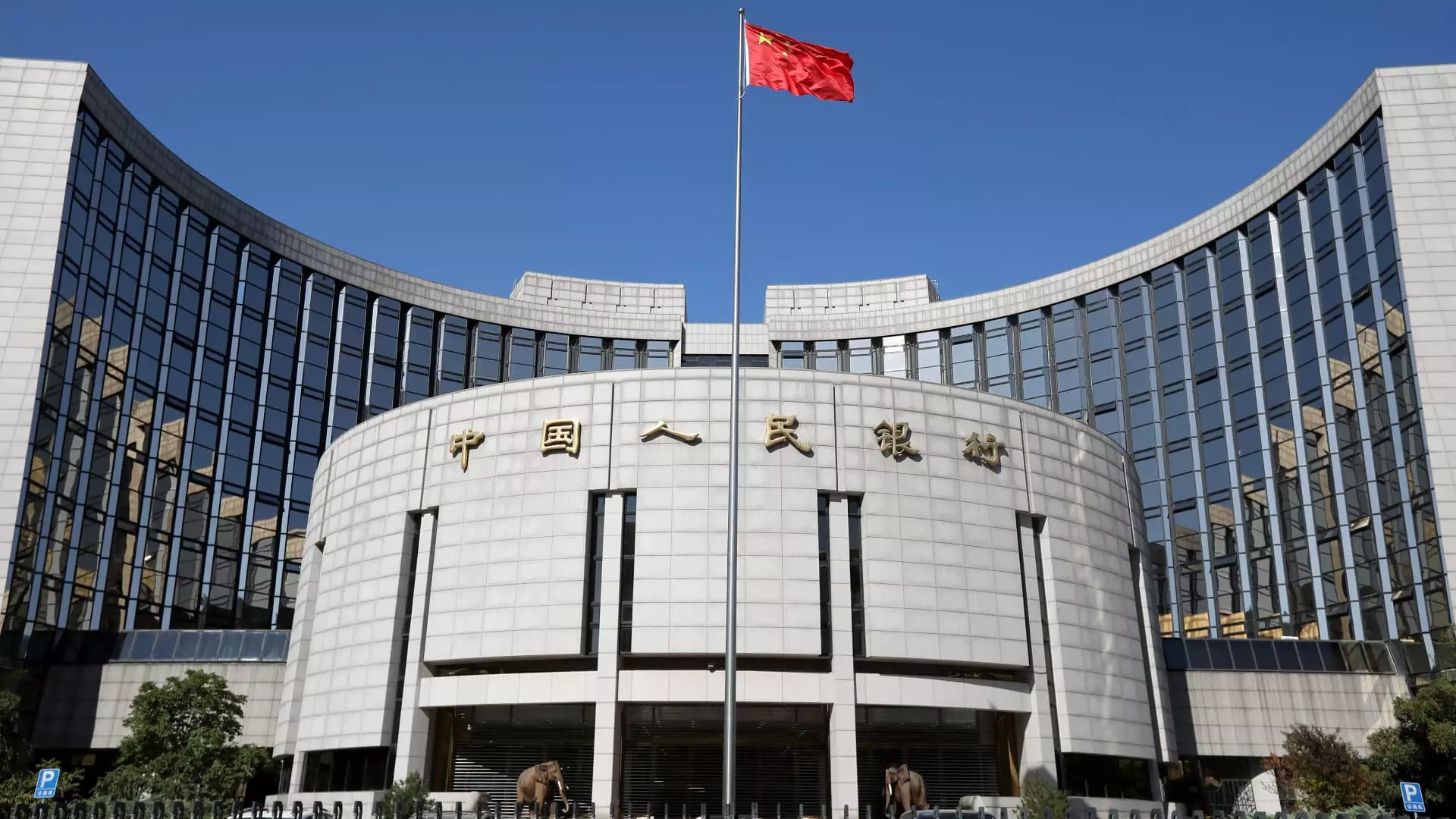For months, China’s decision to hold its benchmark lending rates steady—despite mounting economic signals of distress—raises eyebrows and questions about the nation’s true intent. The People’s Bank of China (PBOC) has maintained its one-year loan prime rate at 3.0% and the five-year rate at 3.5% for four consecutive months, even as the global economic landscape shifts dramatically. This constancy seems less like a strategic pause and more like a tacit acknowledgment of deeper systemic issues. Such inaction sends a powerful message: China is choosing to swallow its economic pain rather than aggressively stimulate growth. It reflects a cautious, perhaps even hesitant, approach that could ultimately backfire, deepening economic malaise rather than alleviating it.
Holding Back: The Flawed Logic Behind Avoiding Stimulus
To many, this stance betrays a misunderstanding of economic dynamics. Despite signs of fatigue—softer retail sales, sluggish industrial output, and persistent deflation—the PBOC remains wary of implementing aggressive easing measures. Critics might argue that China’s policymakers are misjudging the situation, inadvertently risking a prolonged downturn. By refraining from cutting rates or injecting liquidity, they seem to be bet-trading on an optimistic revival as opposed to proactively fostering a supportive environment. The recent stock rally, coupled with tepid economic data, suggests that authorities want to maintain stability, but at what cost? This hesitation risks allowing economic momentum to evaporate further, turning what could be a manageable slowdown into a prolonged stagnation.
The Danger of Strategic Complacency
What’s most troubling is the central bank’s subtle shift—a cautious, incremental approach that appears to prioritize risk aversion over genuine growth stimulation. The rationale, perhaps, is to avoid overleveraging and unproductive investments, but this selective restraint might inadvertently hinder necessary reforms. As China’s exports slowdown and domestic demand remains tepid, the country’s economy teeters on the brink of a deflationary spiral. The failure to deploy meaningful monetary easing now could result in longer-term damage, crippling growth prospects for the world’s second-largest economy. It’s clear that China needs more than just token rate holds; it needs bold, decisive action to realign its battered economy with future growth realities. Yet, the reluctance suggests a preference for short-term stability over genuine recovery—a gamble that could ultimately deepen the economic paralysis China finds itself in.


Leave a Reply